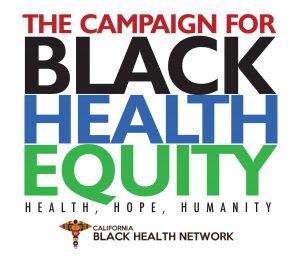African-American adults are more likely than other racial or ethnic minorities and Whites to have periodontal disease and to develop oral cancer, are less likely to have an early diagnosis of oral cancer and other oral health problems, and are more likely to be uninsured and have low-quality dental care or poor access to any dental care.
Inequities related to oral health and the African-American community have reached alarming proportions over the past decade.
Oral health is an essential and integral component of overall health throughout life, and it is about much more than just healthy teeth. Oral health refers to the health of the entire mouth, including the teeth, gums, hard and soft palates, linings of the mouth and throat, tongue, lips, salivary glands, chewing muscles, and upper and lower jaws. Good oral health means not only being free of tooth decay and gum disease, but also being free of chronic oral pain, oral cancer, birth defects such as cleft lip and palate, and other conditions that affect the mouth and throat (Rogers, 2017). African-American adults in California have a higher prevalence of tooth extraction due to decay or gum disease, and higher mortality rates from oral cancers, in comparison to adults of other racial and ethnic groups. Among U.S. adults, African-Americans are twice as likely as non-Hispanic Whites (39.7 percent vs. 19.3 percent) to have untreated tooth decay. No state data are available to evaluate this measure for California adults (Rogers, 2017). A strong link exists between smoking and oral disease, yet only 1 in 10 smokers report that their dental providers advised them to quit.
A report titled “Status of Oral Health in California: Oral Disease Burden and Prevention 2017” (California Department of Public Health, April 2017) is a comprehensive review of oral health and disease in the state. It is intended to serve as a foundation for the Oral Health Program in the California Department of Public Health and the establishment of a new statewide oral health plan for California. In many cases the most recent California-specific data are more than 10 years old or non-existent.




